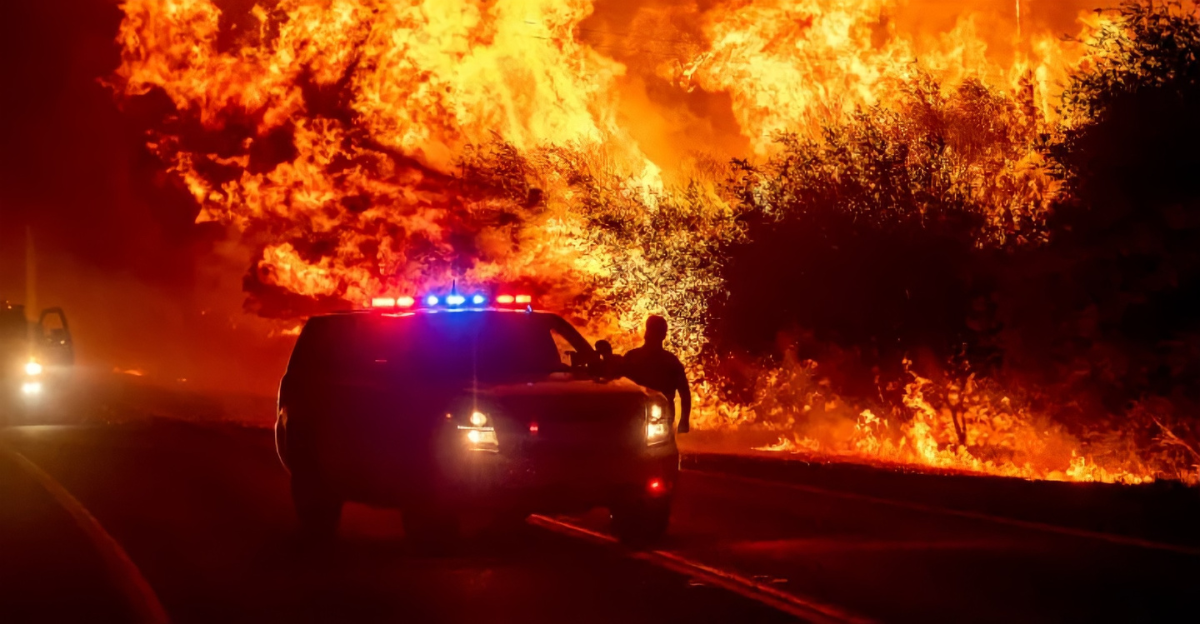
What began as a routine fall week in central Washington became a crisis on September 30. Chelan County officials ordered Level 3 “go now” evacuations near Blewett Pass after the Labor Mountain Fire, sparked by lightning, raced past 35,000 acres.
According to Chelan County Emergency Management, families in the path of the fire had only minutes to gather belongings and leave.
Lightning Ignites Massive Blaze

InciWeb reported that a single lightning strike on September 29 set off the inferno. Flames spread across steep, forested slopes already brittle from summer drought within hours.
Winds funneled through canyons pushed the blaze in unpredictable directions, forcing firefighters into a grueling overnight battle. This highlights how quickly nature can overwhelm human defenses.
Scale of Destruction Expands
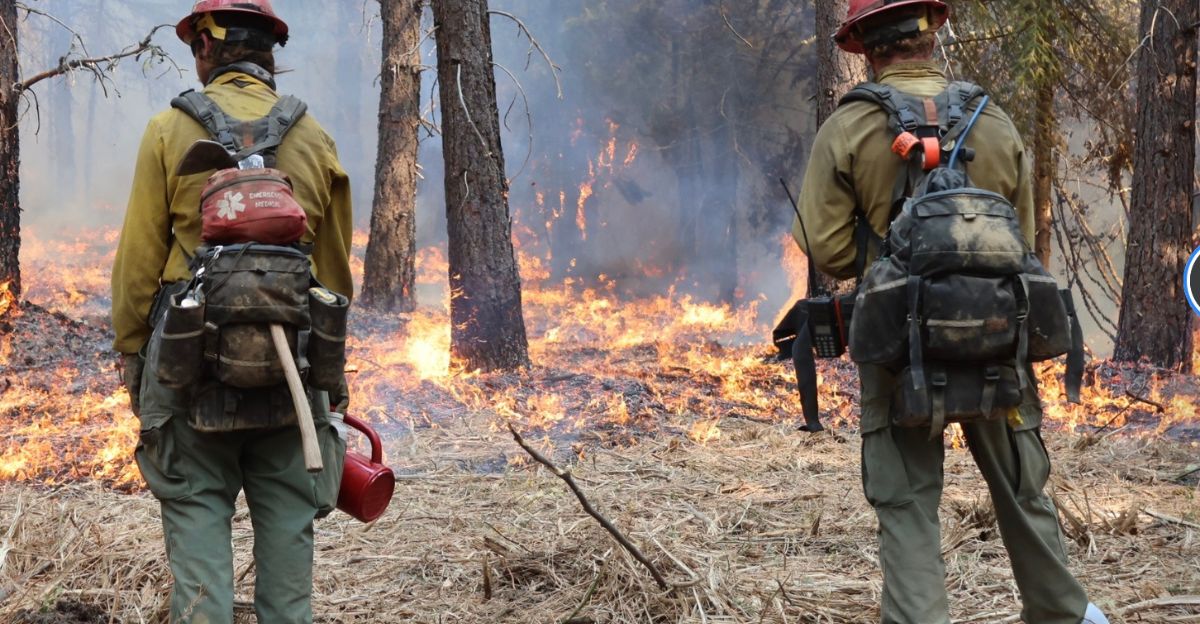
By October 1, the scope of the disaster had become clear. The U.S. Forest Service’s incident report placed the fire at 37,238 acres with only 7 percent contained.
The crews faced relentless wind shifts and jagged terrain, which left firefighters working line by line and often losing ground as new flare-ups erupted.
Highway Lifeline Cut Off
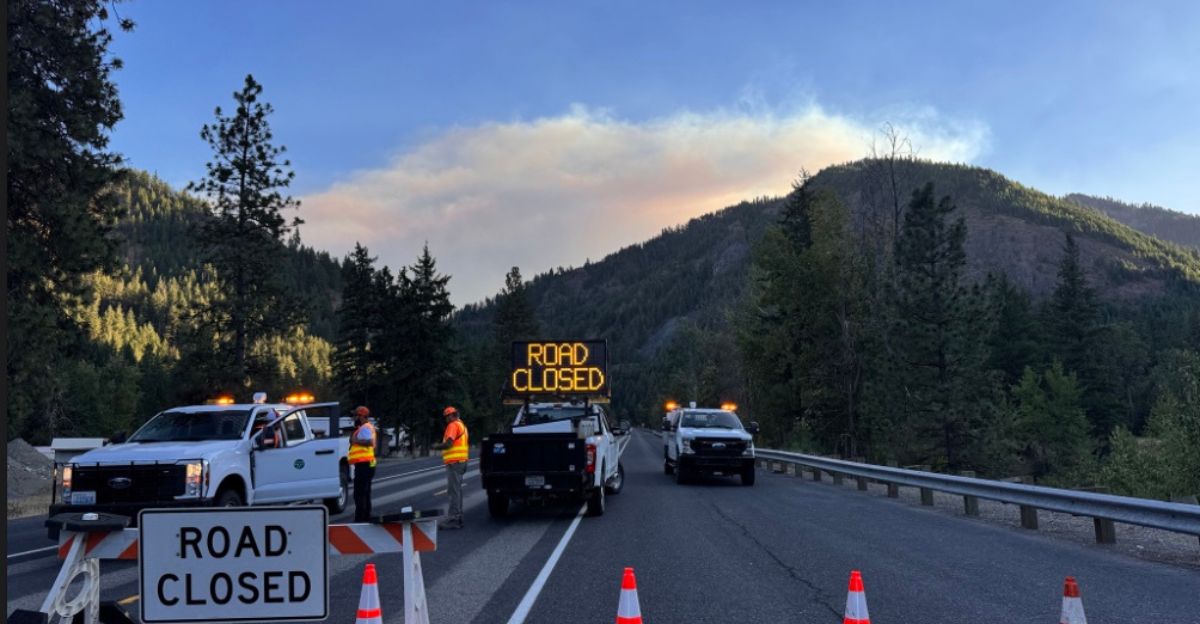
Travelers in the region faced their own upheaval. The Washington State Department of Transportation closed a 30-mile stretch of US-97 between SR-970 and Ingalls Creek Road.
The Seattle Times reported that detours through nearby passes snarled traffic and delayed emergency responders, cutting off one of central Washington’s most important north–south corridors.
Evacuation Zones Redrawn
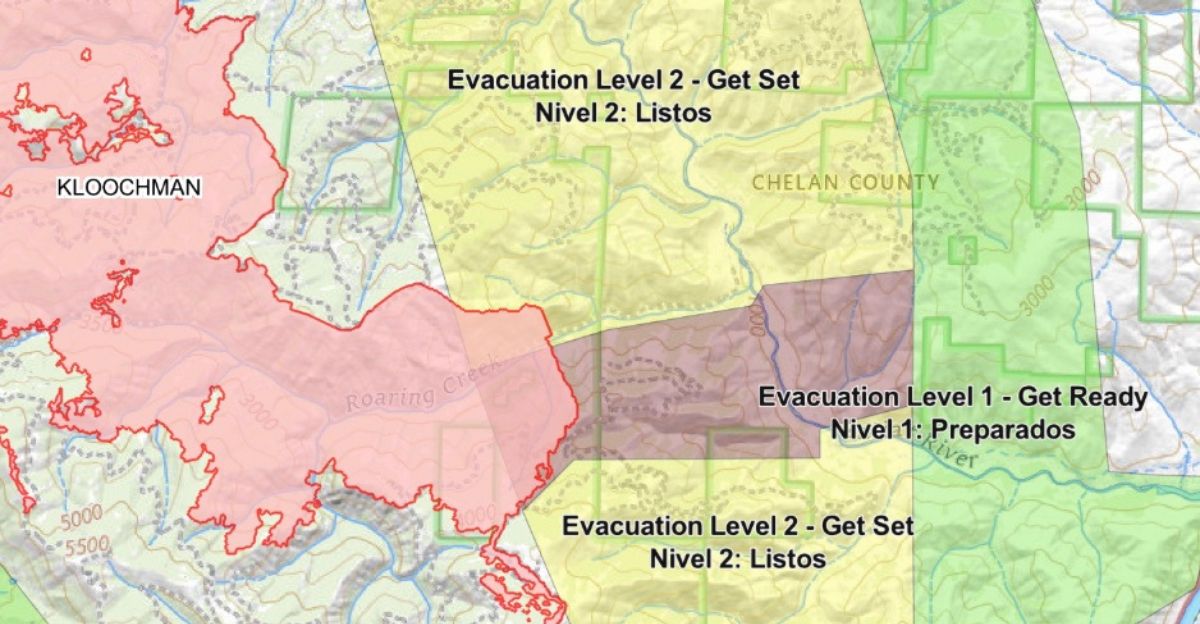
The warnings grew sharper for those who live along Mission Creek Road, Valley Hi, and stretches of US-97. Chelan County Emergency Management updated its maps to expand mandatory evacuations, highlighting that escape routes could vanish instantly.
Officials urged residents not to linger, pointing to shifting fire lines that forced overnight adjustments to the evacuation boundaries.
“Get Out Now” Plea

Few messages carried more urgency than the county’s blunt directive: “Get out now.” In a September 30 press release, officials stressed that staying behind would put residents and rescuers at risk.
KOMO News reported deputies went door to door in some areas, trying to reach anyone who hesitated as walls of fire closed in.
A Shelter Amid the Chaos

Christ Center Church in Cashmere opened its doors for families forced to leave. The American Red Cross Northwest Region said the shelter provides meals, water, and beds for evacuees.
NCWLIFE TV reported that donations from across the valley — from blankets to pet food — poured in within hours, reflecting the community’s instinct to rally together.
Homes and Power Lines in Jeopardy
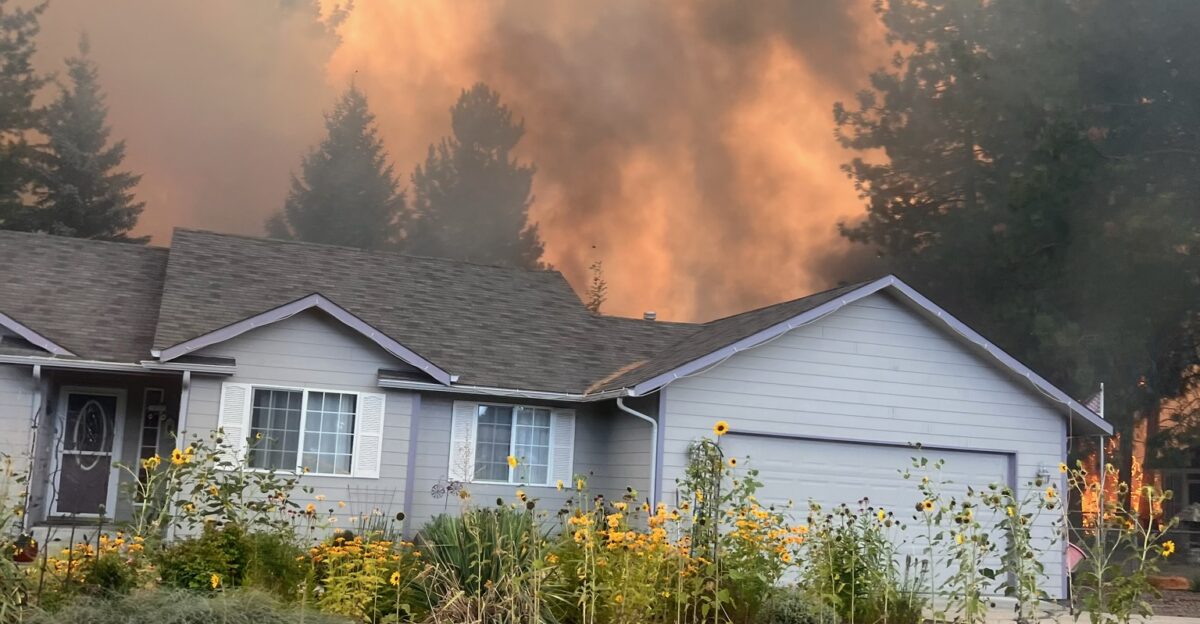
Beyond the immediate evacuations, the fire placed more than 500 structures at risk, according to Chelan County officials. Utilities preemptively shut off power in certain areas to prevent secondary ignitions.
The Associated Press reported that firefighters prioritized critical infrastructure, hoping to shield neighborhoods even as flames crept closer to power lines and water systems.
Ripple Effects on Travel and Business
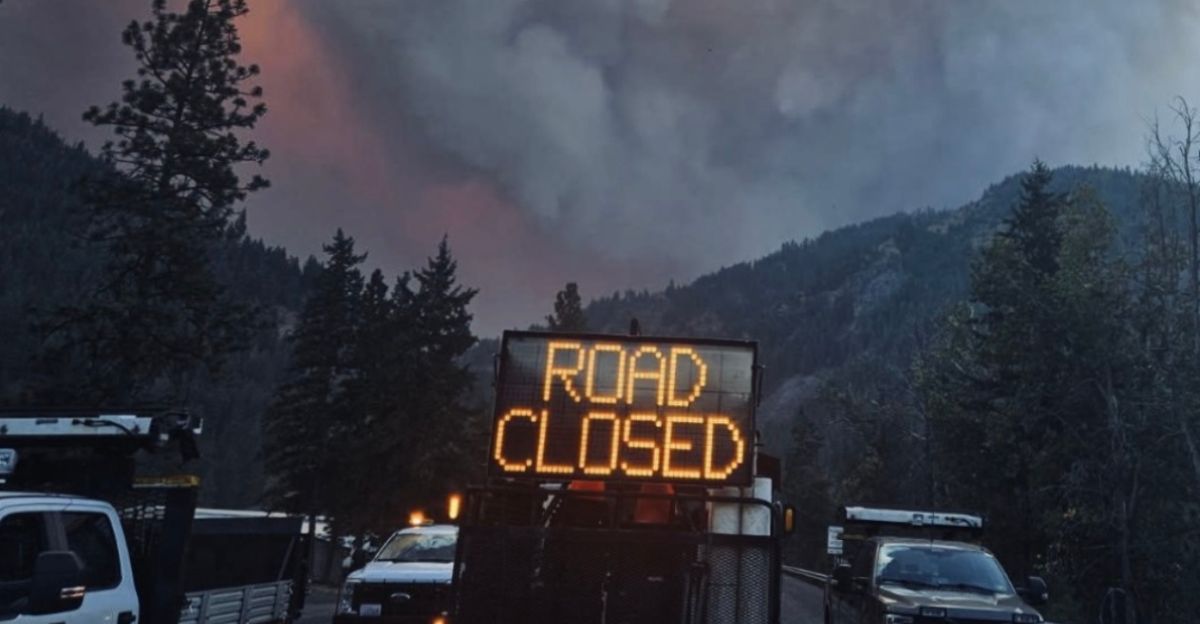
With US-97 closed, truckers and travelers jammed alternate passes. The Seattle Times noted that local businesses, depending on highway access, saw sales vanish overnight.
Even emergency deliveries slowed, highlighting how a wildfire can upend not just landscapes but also the economic lifelines that sustain rural towns.
Smoke Chokes the Valleys
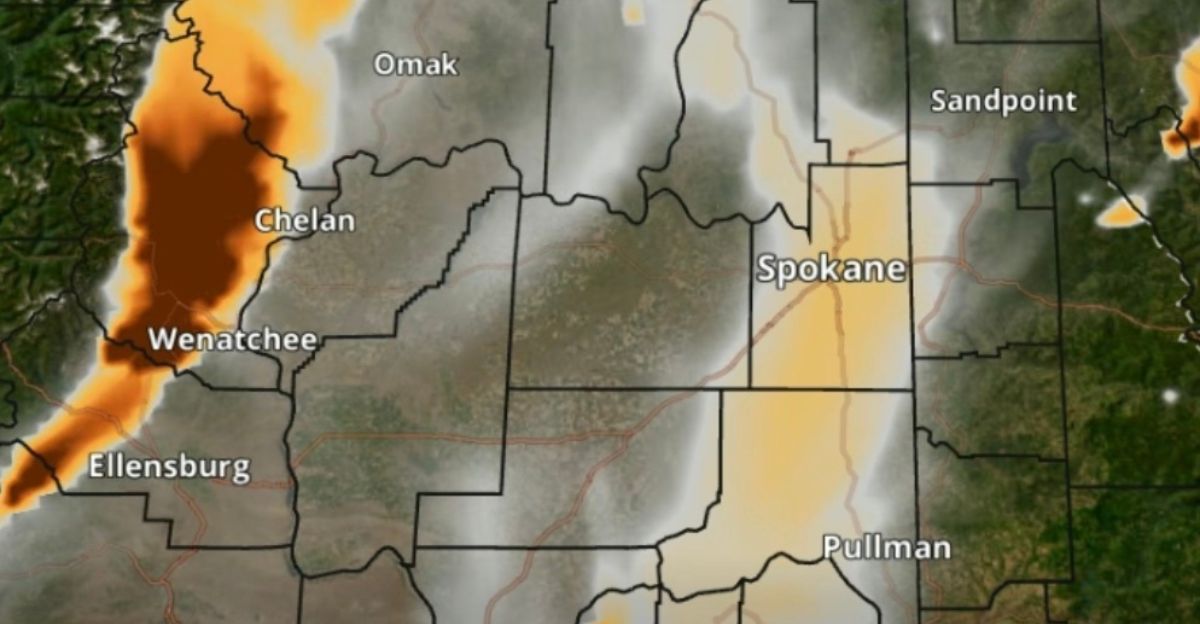
For those miles from the flames, the threat took a different form. The Washington Department of Ecology reported hazardous air quality as thick smoke settled in valleys.
Schools canceled outdoor sports, and health officials warned residents with asthma or heart conditions to remain indoors. Firefighters, meanwhile, worked in blinding haze and falling debris.
Why Evacuation Compliance Matters
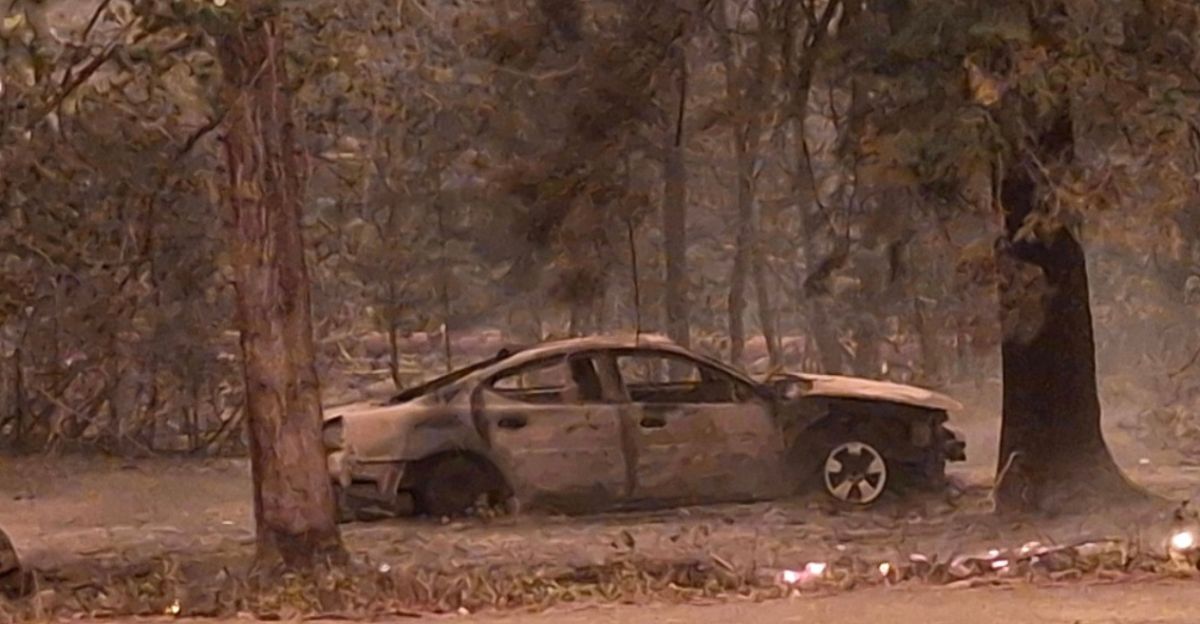
Chelan County officials warned repeatedly that staying put was dangerous. “Conditions could rapidly worsen,” the Department of Natural Resources said in a public advisory.
When residents refuse to leave, crews may be forced to shift from firefighting to rescue — a trade-off that endangers more lives. For responders, compliance is as critical as containment.
Keeping People Connected
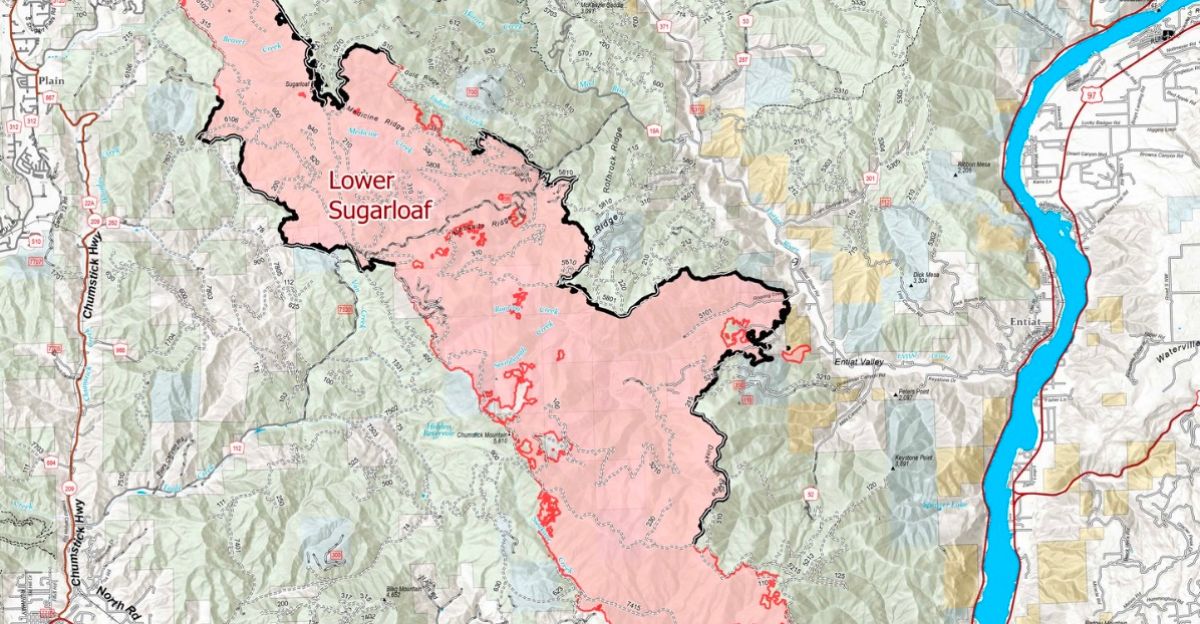
Even as roads closed and smoke thickened, information lifelines stayed open. Chelan County Emergency Management updated digital evacuation maps daily, while InciWeb provided real-time fire data.
The U.S. Forest Service emphasized that these official platforms remain the most reliable sources for evacuation details, urging residents to avoid relying on rumors or unofficial social media posts.
Rescuing the Animals Too

Many evacuees have paws or hooves rather than feet. Chelan County Animal Care & Control reported assisting families in relocating both pets and livestock as evacuation orders expanded. The Chelan County Fairgrounds and the Douglas County Fairgrounds opened their doors to shelter horses, cattle, and other large animals, ensuring those fleeing the Labor Mountain Fire had safe spaces for their animals.
Volunteers and animal care agencies coordinated to provide stalls, kennels, food, and dedicated care, allowing evacuees to focus on personal safety while knowing their pets and livestock were protected.
Firefighting Forces Stretched
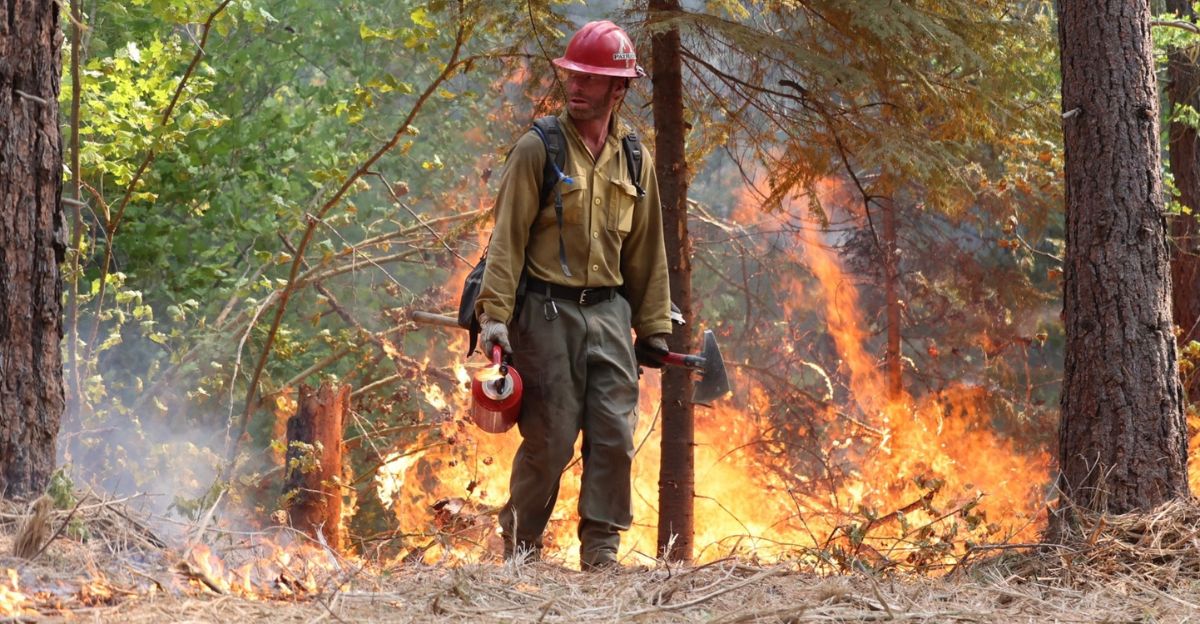
Resources are stretched thin. “It’s still very dry out there, and we have two of the largest wildfires burning in the state here in Chelan County,” Fire Marshal Chris Pedersen said, as reported by KOMO News.
According to the Department of Natural Resources, reinforcements from federal and county crews continue to arrive, but demands far outpace supply.
Battling a Shifting Enemy
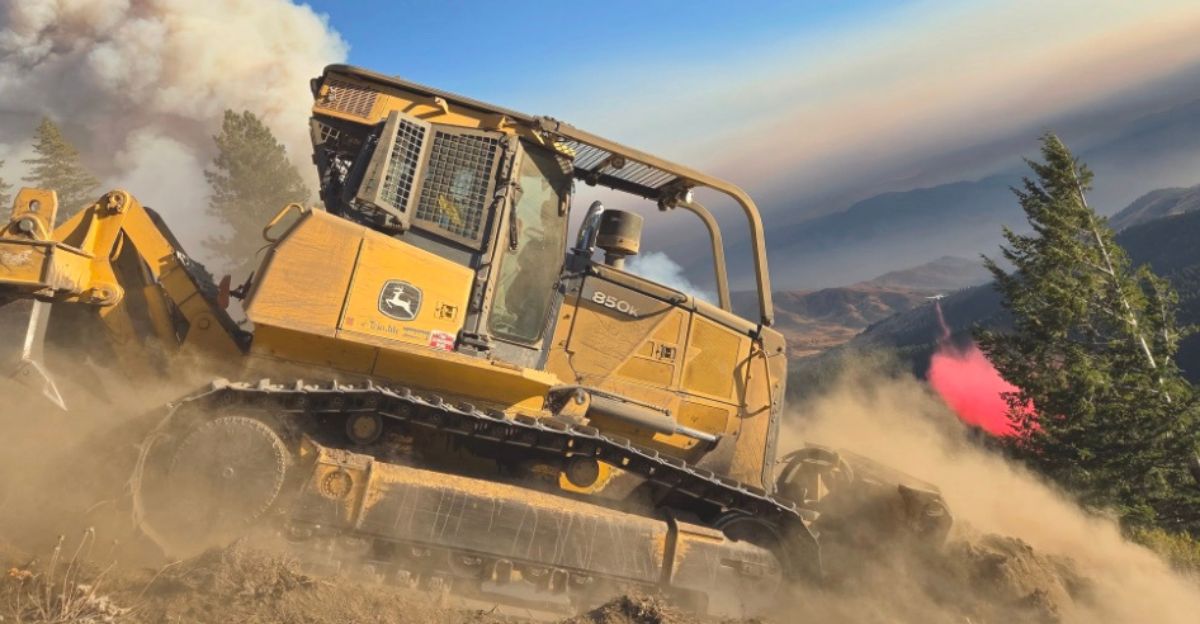
Even the rain offered little relief. The Forest Service noted that dry timber and erratic winds kept the fire active despite damp conditions.
KING 5 News reported crews relied on bulldozers to carve fire lines and aircraft to drop water, knowing progress might be erased by a single wind-driven ember crossing the line.
Understanding the Evacuation Tiers
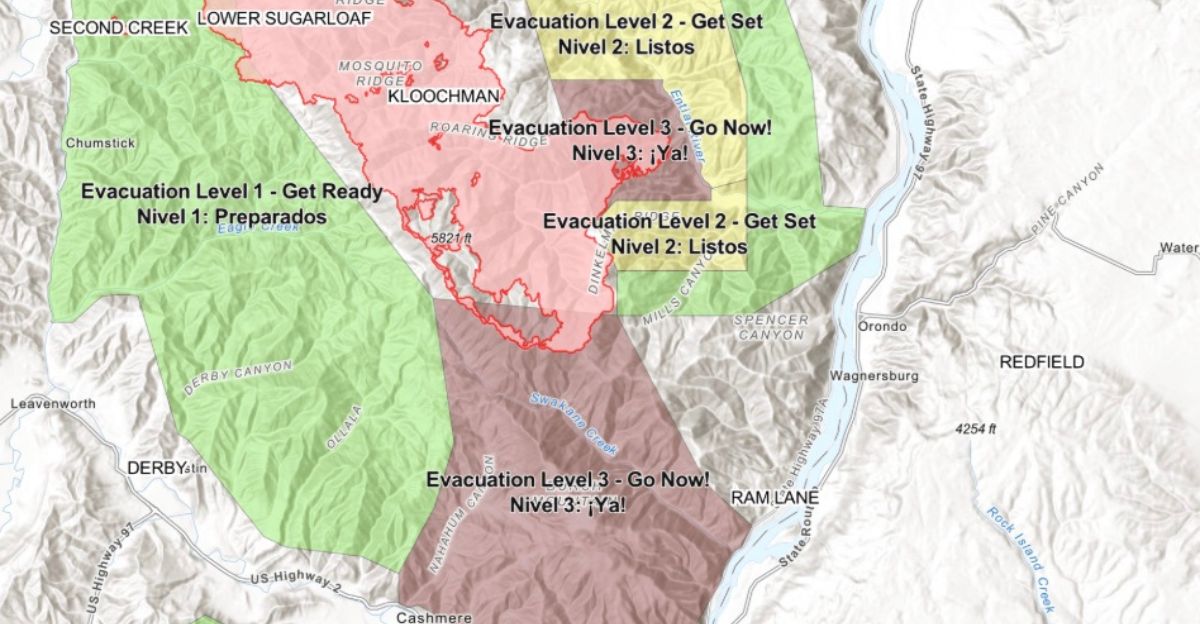
To avoid confusion, officials use a three-tiered system: Level 1 (“be alert”), Level 2 (“be ready”), and Level 3 (“go now”). According to Chelan County Emergency Management, these alerts provide clarity on risk but can change within hours.
Families in Level 1 zones have been urged to pack essentials and prepare, knowing escalation is possible.
The Army of Responders
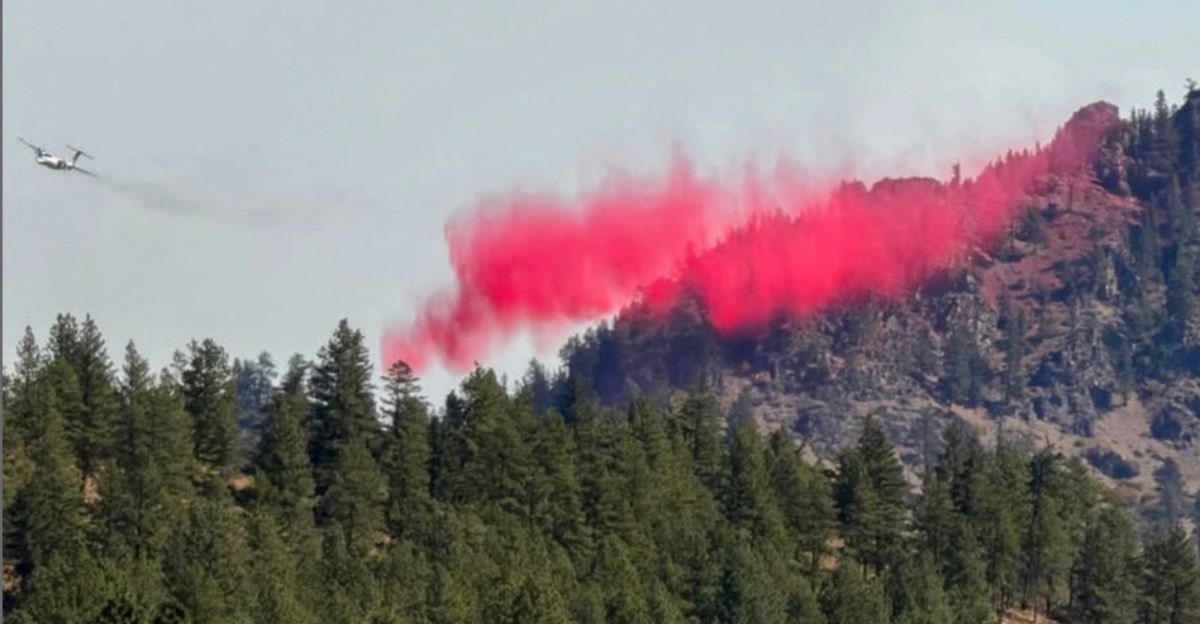
The National Interagency Fire Center has confirmed that approximately 1,300 firefighters are actively battling the Labor Mountain Fire, which remains just 7% contained. Crews construct containment lines while airtankers target hotspots from the air, supporting ground operations in rugged terrain.
The Washington Department of Natural Resources stated that protecting life is the top priority, followed by safeguarding communities and utilities threatened by the fire’s unpredictable path.
Burn Ban Extended
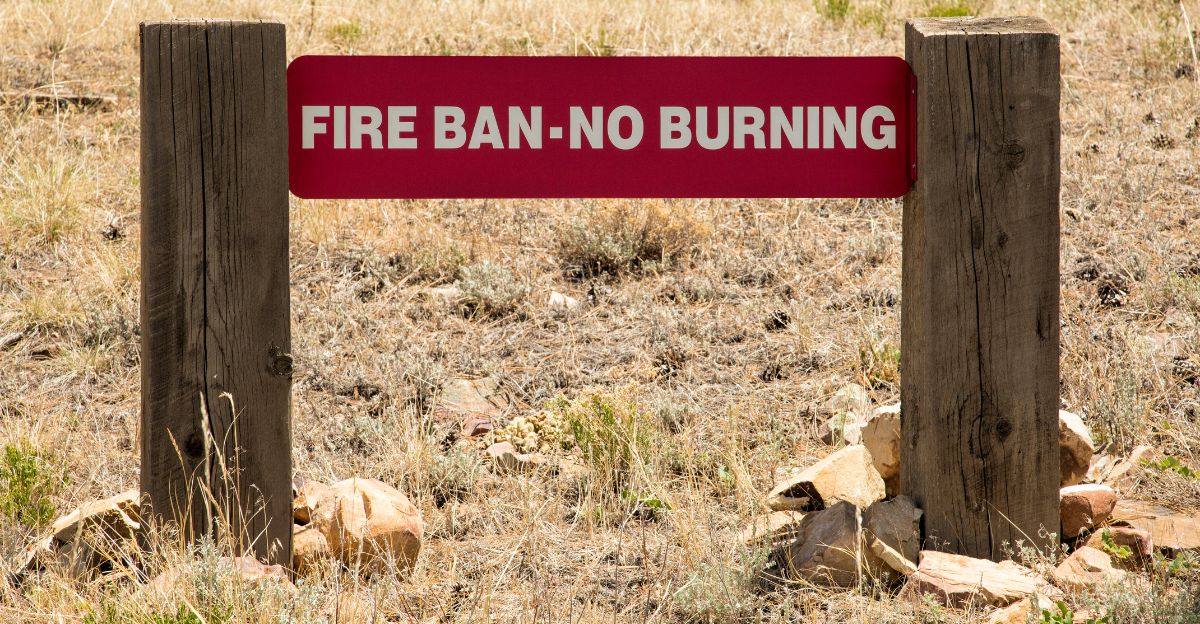
Prevention remains just as critical as suppression. Chelan County extended its countywide burn ban through October 15, per the Department of Natural Resources’ recommendation.
That means no outdoor brush fires, campfires, or yard debris burns. Officials stressed that with drought conditions persisting, even small sparks could ignite the next emergency.
Danger Not Over Yet
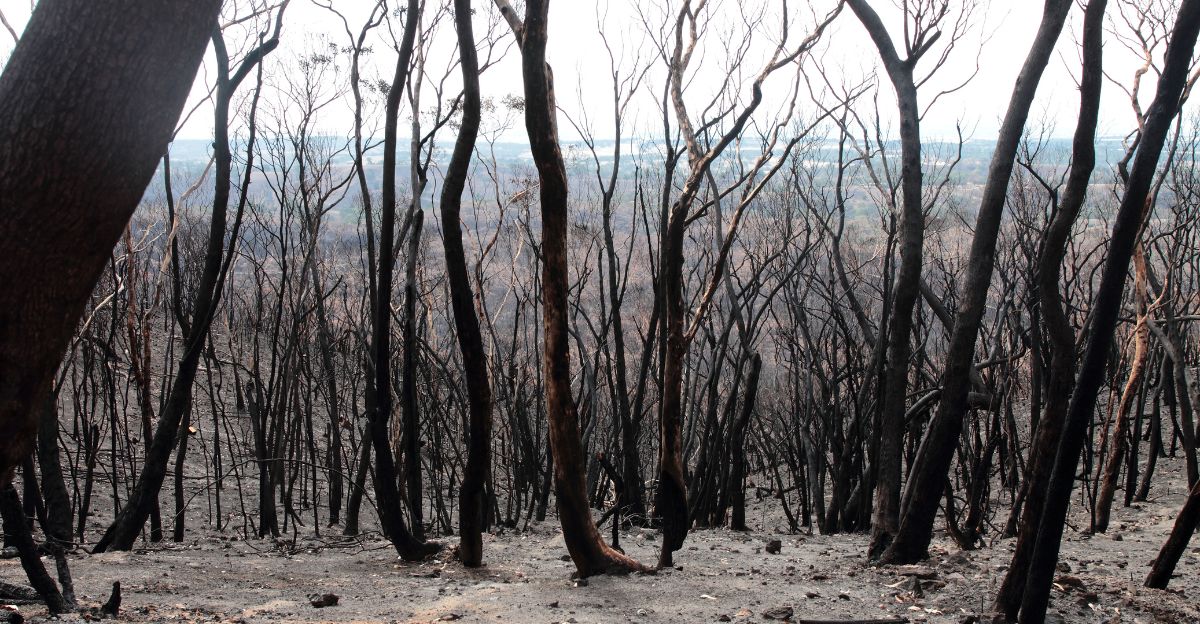
The National Weather Service warned that dry, windy conditions may persist well into October. According to the Forest Service, fire lines may require constant reinforcement, raising the likelihood of extended evacuations.
Many residents may face weeks away from home, with schools and businesses bracing for prolonged disruption.
Staying Informed, Staying Safe
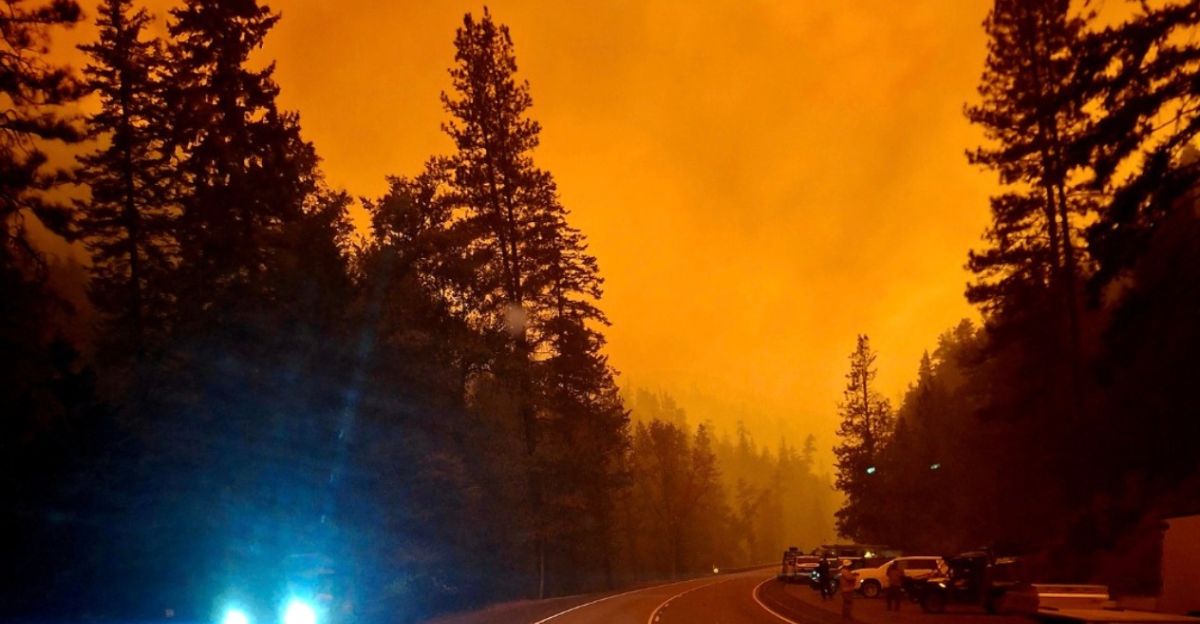
Officials say the best defense now is vigilance. “Stay alert, stay informed, and don’t take chances with this fire,” a Chelan County spokesperson said in a televised briefing.
With conditions changing by the hour, official advisories remain the lifeline guiding families through Washington’s latest wildfire crisis.